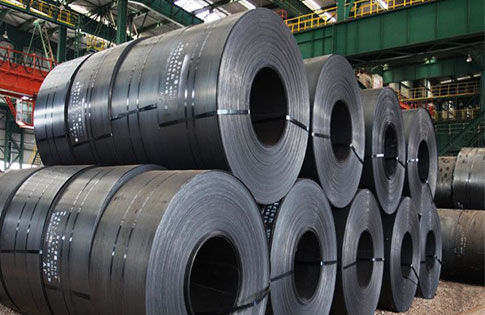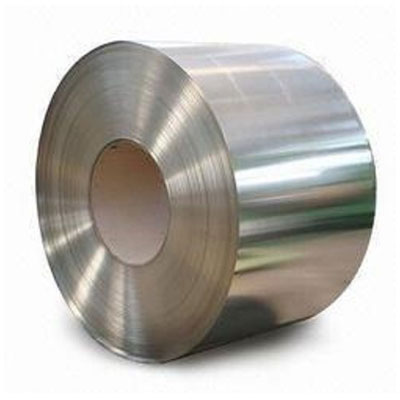Steel Hot Rolled Coils
Commercial metalworking uses a process known as rolling, and as it sounds, it requires metal stocks to pass through heavy rollers in order to reduce their thickness and create a uniformity throughout. Rolling requires chemical and dimensional requirements to be strictly met, and there are many grades of rolled steel. Most are created from sheet metal first crafted from billets of the appropriate quality and composition. It can be rolled into tubing, rounded bars, flat bars, channels, beams, angles, expanded metal, plates, pipes and tubes of all sizes. Mesh sheets and sheet metals are also the more common ways of purchasing steel hot rolled coils


Rolling is classified by the temperatures of the metal stocks processed, and when the metal is held at temperatures above recrystallization of certain component, it is classified as hot rolled metal. Alternately, metals rolled at temperatures below recrystallization are then classified as cold rolled metals.
Steel hot rolled coils are put to use in a range of global industries and will typically require varying strengths, ductility levels, weldability levels, bendability levels and galvanically. The rolled coils themselves are designed to be milled and processed into secondary materials that can include everything from bar stock, rails and steel beams.
To meet hot rolled steel standards, it must conform to specifications that can include:
- ASTM A568 General requirements
- ASTM A1011 CS/DS/SS/HSLAS – Grades include 30/33/36 Type 1 or 2/40/45 Type 1/50/55
- ASTM A635 Heavy gauge HR General Requirements
- ASTM A1018 Heavy gauge CS/DS/SS/HSLAS- Grades include 30/33/36 Type 1 or 2/40
- ASTM A659 CS Carbon (0.16 – 0.25%)
- ASTM A749 General requirements for HSLA HR
- Australian Standard AS/NZ 1594
- CSB 33 and 36
- HSLA 50/55
- SAE J1392 HSLA/SS
- SAE J2340 HSLA
Standard measurements are used for thicknesses, with 48″, 60″ and 72″ the most common, though 80″ mills are possible. Gauges will vary from 1/2″ to 16 gauge steel with inner diameters of the coils ranging from 24″ to 30″. There are also designations and carbon grades for most steel hot rolled coils. These will include:
Steel Designations:
- Commercial Steel (CS or CS Type B) Base – Used for forming or bending applications and produced from aluminum kilned and continuously cast slabs with a carbon content less than .15%
- Drawing Steel (DS Type B) – More intense forming applications and has a controlled carbon content of less than .88%. With higher boron it can be used for more formability and minimal breakage.
- Extra Deep Drawing Steel (EDDS) – Used for structural and/or higher strength applications. For increased strength, niobium or vanadium is added and this is usually available in Class 1 or Class 2 designations.
- Boron – Minimum specified
- Copper – Minimum specified </= 0.20%
- Copper – Minimum specified > 0.20%
- Copper – restricted to < 0.020%
Carbon Grades
- 1004 – 1009 / 1010 – 1025 / 1026 – 1035 / 10B38 1036 – 1050
Structural Steel A1011 (SS)
- SS 30, 33, 36, 40 & 45 / Conversion to A36 / SS Grade 50 / SS Grade 55
High Strength Low Alloy Grades (HSLA): XK and XF
- HSLA Grade </= 40 / Grade 45 1.25 / HSLA Grade 50 / HSLA Grade 55 / HSLA Grade 60 HSLA Grade 65
Historically, hot rolled steel is used for scenarios where precise shaping and specific tolerances are essential. That is why it is of the utmost importance to obtain hot rolled stocks from the finest traders possible. We have all of the standard sizes and grades available and its steel hot rolled coils are produce in the very best mills, the European Union and Asia.